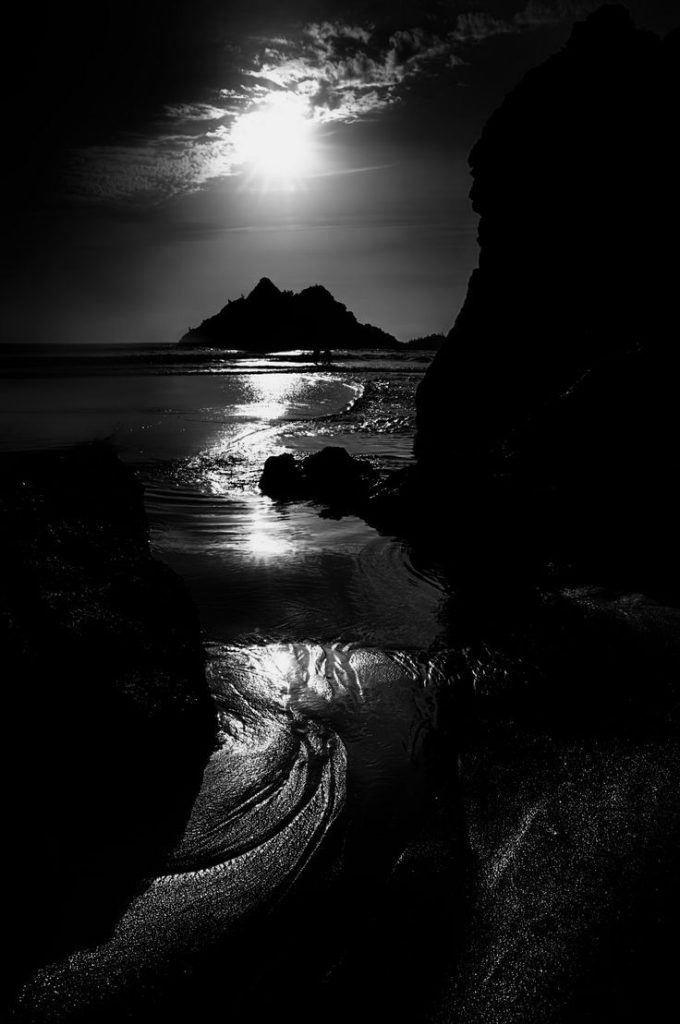Table of Contents
With years of experience in this field I have come to know that understanding the relationship between Dynamic Range and High contrast in photography is important. In this article, we’ll break down what dynamic range is, how it affects contrast, and how you can use it to master high contrast photography.
Dynamic Range And High Contrast in Photography

Dynamic range and high contrast photography are closely linked. They are about how well a camera can take pictures with a wide range of light and dark tones. When a camera has good dynamic range, it can make photos with strong differences between light and dark parts. This skill helps create eye-catching, high-contrast pictures, even when the lighting is tricky.
What is Dynamic Range in Photography?
Dynamic range in photography refers to the range of tones, from the darkest shadows to the brightest highlights, that your camera can capture in a single shot. It’s often measured in stops and is a critical element in achieving high-quality images. A broader dynamic range means your camera can handle a more extensive range of lighting conditions.
Measuring Dynamic Range
The dynamic range of a camera is usually specified in stops, where each stop represents a doubling or halving of the amount of light. A camera with a higher dynamic range can capture more details in both the shadow and highlight areas.
How Does Dynamic Range Affect High Contrast?
Dynamic range and contrast are interconnected. A camera with a broader dynamic range can capture more tonal variations, which translates to enhanced contrast in your photos. The broader dynamic range allows you to reveal details in both the darkest shadows and the brightest highlights.
Practical Impact

Think about a landscape photo at sunset, where you have a mix of deep shadows in the foreground and a vibrant, fiery sky in the background. A camera with a limited dynamic range might force you to choose between exposing for the sky (resulting in dark foreground) or the foreground (blown-out sky). However, with a wide dynamic range, you can capture both the shadows and the highlights, creating a high-contrast image that showcases the dramatic beauty of the scene.
Read more for Tips and Techniques for High Contrast Photography.
Dynamic Range and High Contrast Photography Techniques
1. Exposure Bracketing
Exposure bracketing is a technique where you take multiple shots of the same scene at different exposure levels. This method allows you to capture a broader dynamic range. Here’s how to do it:
- Set your camera to manual mode.
- Take one shot at the recommended exposure, one underexposed, and one overexposed.
- Combine these shots during post-processing to create an image with a wider dynamic range.
2. High Dynamic Range (HDR) Imaging
HDR photography takes exposure bracketing to the next level. It involves capturing a series of images at different exposures and merging them to create a single photo with an extended dynamic range. To create stunning HDR images:
- Use a tripod to ensure the shots align perfectly.
- Use dedicated HDR software or post-processing software with HDR capabilities.
3. Graduated Neutral Density Filters
Graduated Neutral Density (GND) filters are essential tools for landscape photographers. These filters are darker at the top and gradually become lighter, helping balance the dynamic range in a scene. Here’s how to use them:
- Place the filter in front of your lens with the dark side covering the bright area of your composition.
- Adjust the filter’s position to match the transition between dark and light areas.
4. Shooting in RAW Format
Shooting in RAW format gives you greater control over your photos during post-processing. RAW files contain all the data captured by your camera’s sensor, providing more room to adjust the dynamic range. To make the most of this format:
- Learn how to process RAW images using software like Adobe Lightroom or Capture One.
- Experiment with exposure adjustments and highlights/shadows settings to fine-tune the dynamic range.
Difference Between Dynamic Range and Contrast Photography
| Aspect | Dynamic Range Photography | Contrast Photography |
|---|---|---|
| Focus | Capturing a wide range of tones from shadows to highlights | Emphasizing the difference between light and dark areas |
| Primary Goal | Maximizing the camera’s ability to record various tonal values | Creating striking differences in tonal values for visual impact |
| Techniques | Exposure bracketing, HDR imaging, GND filters, RAW format | Post-processing techniques such as adjustments to brightness, contrast, and tonal values |
| Output | Images with extensive tonal detail, suitable for diverse lighting conditions | Images with a visually striking difference between light and dark areas |
| Example | A landscape photo with details in both deep shadows and bright highlights | A black and white image with strong contrast between the subject and the background |
Mastering dynamic range is a game-changer in high contrast photography. It allows you to create images that pop with vibrant details, even in challenging lighting conditions. By understanding dynamic range, employing the right techniques, and knowing the difference between dynamic range and contrast photography, you’re well on your way to capturing stunning, high-contrast images. So, get out there, experiment, and make the most of your camera’s dynamic range for incredible results. Go Hit that Shutter Button.

